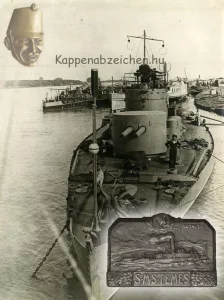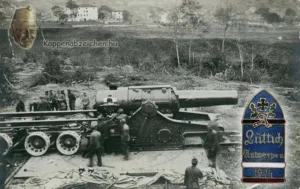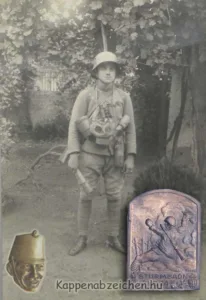Weapons
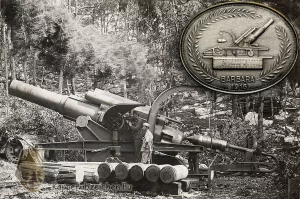
M 16 38 cm siege howitzer
I don’t really know for what reason, but although the Monarchy was not able to produce the necessary quantities of ...
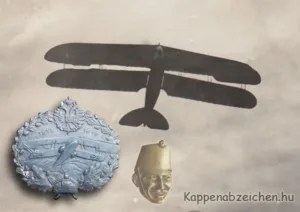
Lohner Pfeilflieger
The Lohner Pfeilflieger got its name from the backward-pointing wings. The first plane was completed in 1912. Soon it was ...
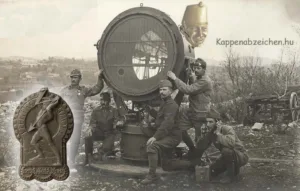
M 15 110 cm searchlight
I have already dealt with the use of searchlights in general here. The most important development process was that the ...
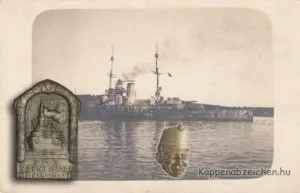
Tegetthoff-class battleships
The Monarchy’s navy developed at a rapid pace from the 1880s onwards. The effort resulted in the world’s sixth largest ...
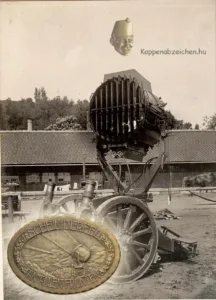
M 15 searchlights
At the beginning of the war, the searchlight units were attached to fortress artillery. Each regiment had 2-3 lighting platoons, ...

M 17 assault knife
At the beginning of the Great War, the soldiers of the Monarchy were equipped with rifle-mounted bayonets. Such was, for ...
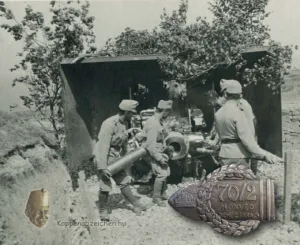
15 cm howitzer shell
We have already talked about the earlier and the later, more modern versions of the 15 cm howitzers. In this ...

